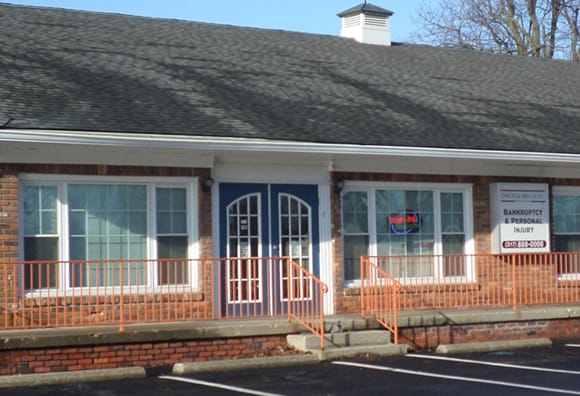There are three kinds of debt involved in Chapter 13 bankruptcy: priority debt, secured debt, and unsecured debt. While you should expect to pay your priority debts and secured debts, unsecured debt is a different story. Depending on your ability to pay, you may be able to discharge a large portion of your unsecured debt when your Indiana bankruptcy is completed.
U.S. News and World Report explains that unsecured debt is debt that you owe that is not backed by collateral. Secured debt, by contrast, is money that you owe on an asset that can be taken from you. Consequently, if you were not able to keep up on mortgage payments for your home or payments on your automobile, your home could be foreclosed on or your vehicle could be repossessed. However, since unsecured debt does not involve an asset, creditors cannot seize something you own to get back their money.
Most people have unsecured debt through the use of credit cards. Even if you fall behind on paying off your credit card, the company that owns your card cannot come to your house and take away possessions to repay your debt. Student loans, many personal loans, and medical debts function in a similar way. However, while creditors cannot repossess your property, they can report you to a collection agency and may even sue you to collect your wages.
Unsecured debt, according to Forbes, is the kind of debt you will have the most flexibility with when it comes time to discharge debts in your Chapter 13 bankruptcy. You may still have to pay some of this debt off, but of all the kinds of debt you may have, you are most likely to discharge this kind of debt. It will still be up to the court to determine how much unsecured debt you can pay when your unsecured and priority debts have been taken into account.


